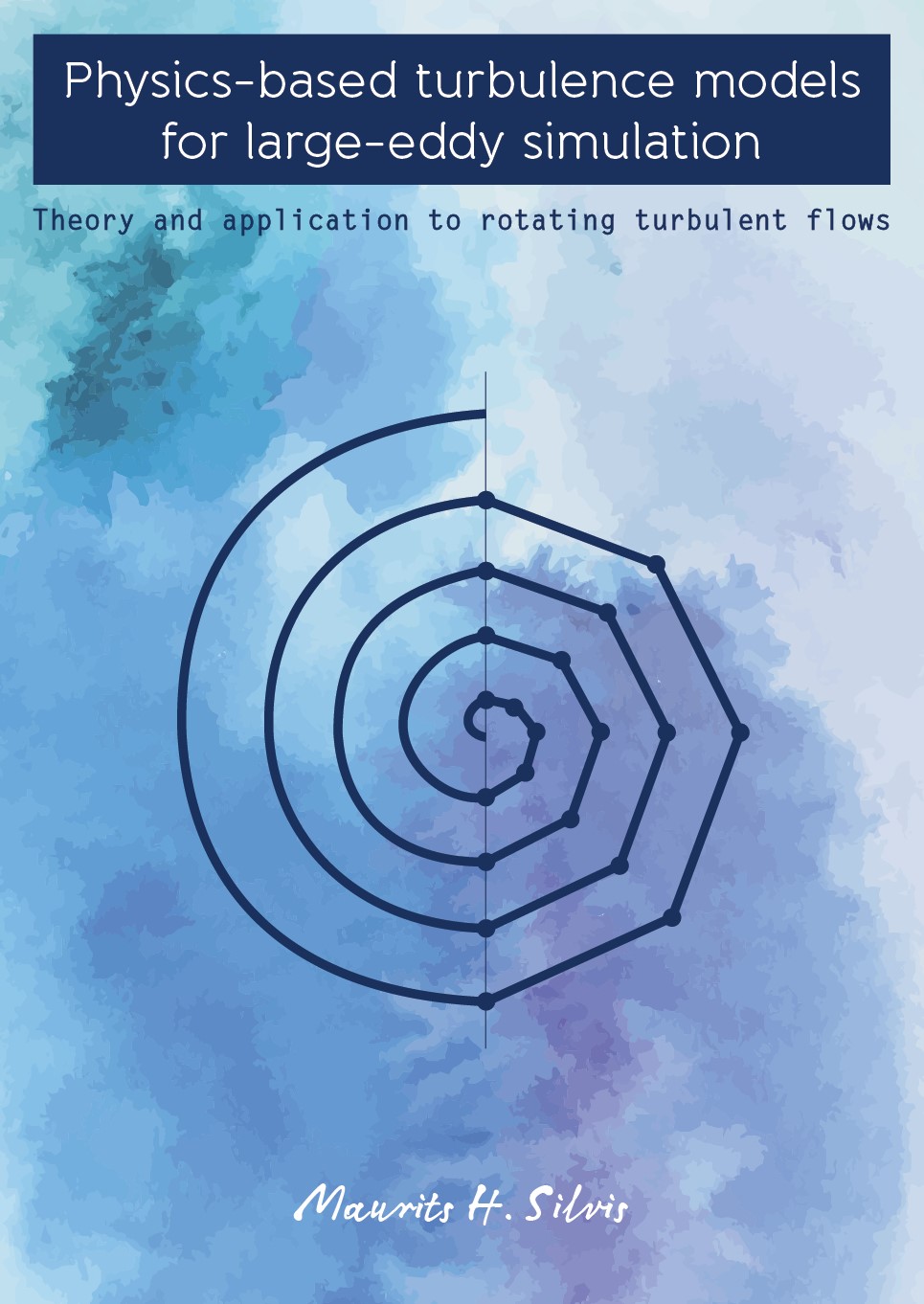Physics-based turbulence models for large-eddy simulation: Theory and application to rotating turbulent flows
Silvis, M. H.
PhD thesis. University of Groningen, The Netherlands (2020). DOI: 10.33612/diss.133469979.
Abstract
Fluid flows are everywhere. Consider, for example, rivers, the flow of air in the atmosphere and the blood that is flowing through our veins. Most fluid flows are very chaotic, or turbulent, and the prediction of their behavior is essential for many applications, including the design of cars, boats and airplanes. However, accurately predicting turbulent flows is very challenging because computers do not have enough memory to store all flow details.
In this thesis, we, therefore, apply a method called large-eddy simulation. With this method, the large eddies, or vortices, in flows are directly computed, whereas small eddies have to be described using turbulence models. The question we consider is: how to create physics-based turbulence models, which respect the physical and mathematical properties of flows?
To answer this question, we follow a systematic approach. We thereby obtain a framework of constraints for the construction of physics-based turbulence models. Using this framework, we show that existing turbulence models do not respect all properties of flows. We also illustrate how new physics-based turbulence models with desired properties can be created systematically.
We then apply the framework of constraints to develop a new turbulence model for rotating flows. We show that this model respects many properties of flows and provides outstanding predictions of rotating flows. We also demonstrate that these predictions are as good as, or much better than, predictions from existing turbulence models. Our work can, thus, aid in improving predictions of both rotating and nonrotating turbulent flows.
Images

